Workout Recovery: Innovative Techniques Beyond the Foam Roller
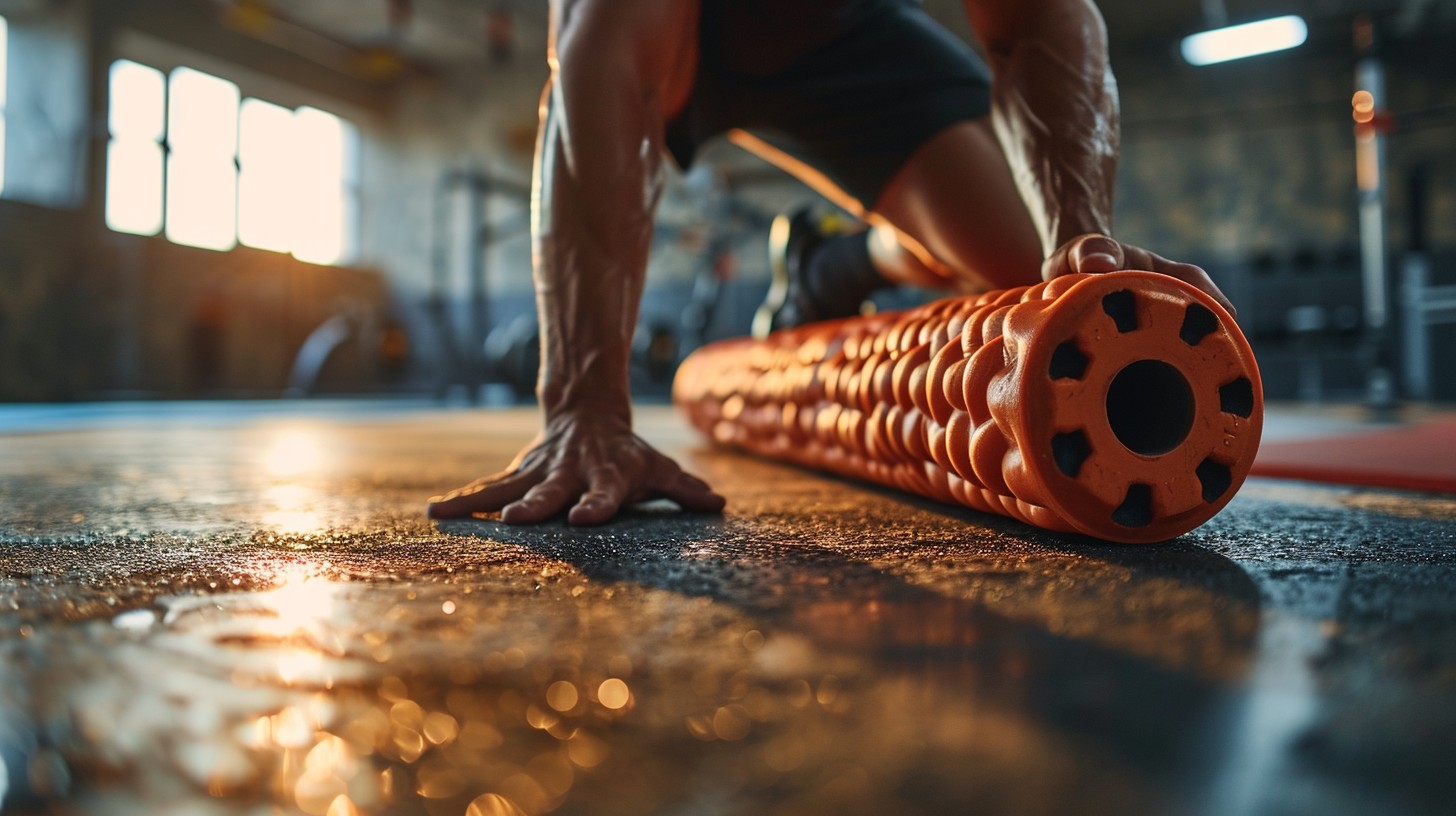
Welcome back, fitness enthusiasts! While foam rolling has been a staple in workout recovery for years, the world of athletic recovery has expanded to include a variety of advanced techniques designed to enhance recovery and optimize performance. Today, we’ll explore some innovative recovery methods that go beyond the foam roller, including cryotherapy, infrared saunas, and compression therapy. Let’s dive in!
The Importance of Recovery

Before we delve into these advanced techniques, it's crucial to understand why recovery is so important. Recovery allows your muscles to repair and grow stronger, reduces the risk of injury, and ensures that you can continue to perform at your best. Proper recovery can also help reduce muscle soreness, improve flexibility, and maintain overall physical and mental well-being.
Cryotherapy: The Cold Revolution
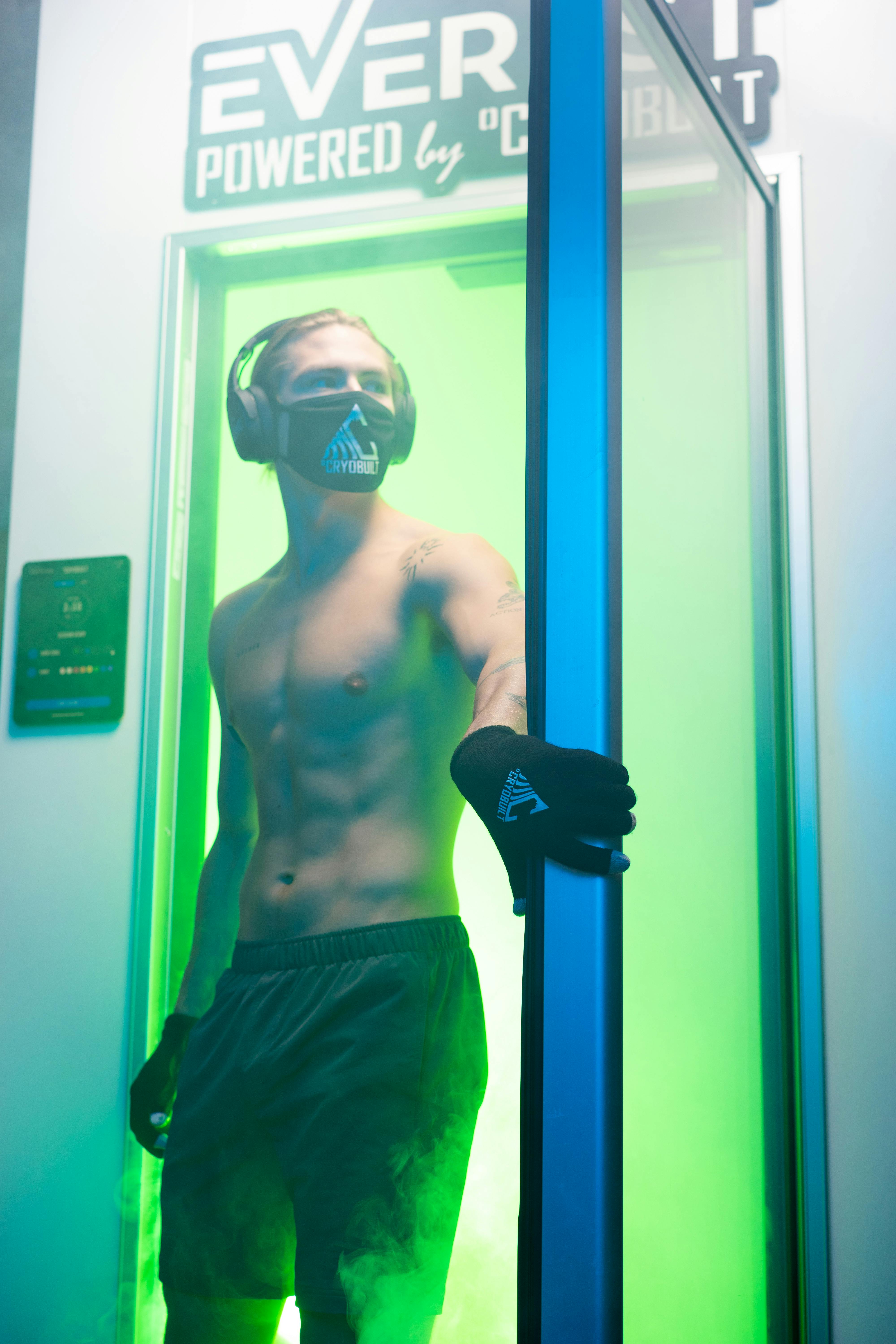
What is Cryotherapy?
Cryotherapy involves exposing the body to extremely cold temperatures for a short period, typically between 1-4 minutes. This is usually done in a cryotherapy chamber where temperatures can drop to as low as -200°F (-130°C).
Benefits of Cryotherapy:
- Reduced Inflammation: The extreme cold helps reduce inflammation and muscle soreness by constricting blood vessels and decreasing metabolic activity.
- Improved Circulation: After leaving the cold environment, blood flow increases, which helps deliver oxygen and nutrients to muscles.
- Pain Relief: Cryotherapy can provide immediate pain relief for muscle aches and joint pain.
- Enhanced Recovery: Regular sessions can speed up the recovery process and improve overall athletic performance.
How to Use Cryotherapy:
Cryotherapy sessions are typically conducted in specialized facilities. It’s essential to follow safety protocols, including proper attire (minimal clothing and protective gear for extremities) and adherence to time limits.
Infrared Saunas: The Heat Advantage

What is an Infrared Sauna?
Unlike traditional saunas that heat the air around you, infrared saunas use infrared panels to emit light that your body absorbs as heat. This results in a lower ambient temperature, making it more tolerable while still providing the benefits of heat therapy.
Benefits of Infrared Saunas:
- Detoxification: Infrared saunas can help remove toxins through sweat, promoting better overall health.
- Muscle Relaxation: The heat penetrates deeply into muscles, reducing tension and promoting relaxation.
- Improved Circulation: Heat therapy enhances blood flow, which aids in the delivery of oxygen and nutrients to muscles.
- Pain Relief: Infrared saunas can help alleviate chronic pain, stiffness, and inflammation.
How to Use Infrared Saunas:
Sessions typically last between 20-45 minutes. Start with shorter durations if you’re new to infrared saunas and gradually increase your time. Stay hydrated and listen to your body to avoid overheating.
Compression Therapy: The Pressure Principle
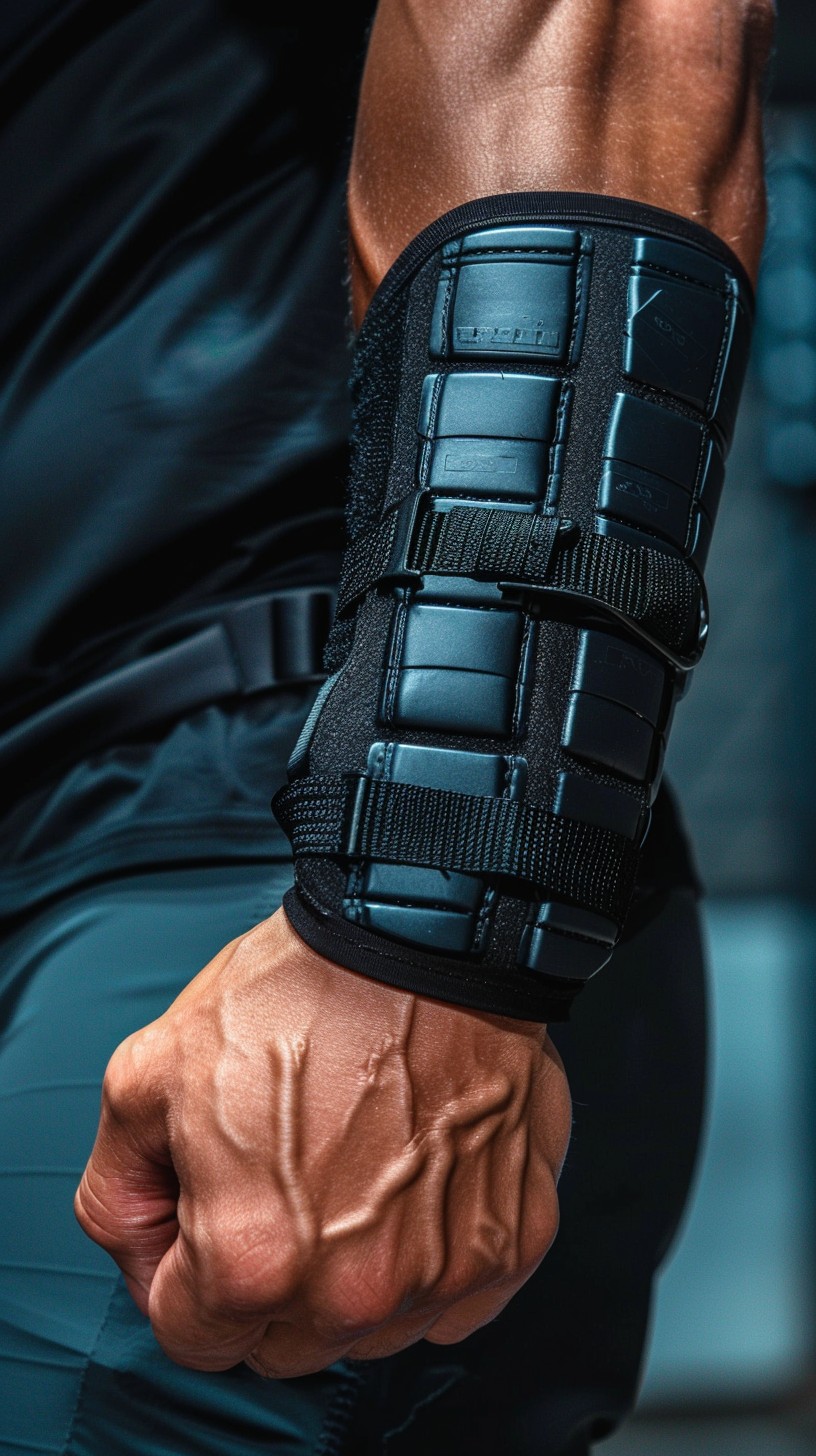
What is Compression Therapy?
Compression therapy involves wearing specially designed garments that apply controlled pressure to the limbs. This can include compression sleeves, socks, or full-leg systems that use air pressure to massage the muscles.
Benefits of Compression Therapy:
- Enhanced Blood Flow: Compression helps improve venous return, which can reduce muscle fatigue and accelerate recovery.
- Reduced Swelling: It can help decrease swelling and inflammation by preventing fluid accumulation in the muscles.
- Decreased Muscle Soreness: Compression garments can alleviate delayed onset muscle soreness (DOMS) and reduce the intensity of muscle aches.
- Improved Performance: Regular use can improve overall muscle efficiency and endurance.
How to Use Compression Therapy:
Compression garments can be worn during or after workouts. For more targeted recovery, consider using pneumatic compression devices that offer adjustable pressure levels and massage patterns. Sessions can range from 15 minutes to an hour, depending on your needs.
Instrument Assisted Soft Tissue Mobilization (IASTM): Precision Recovery
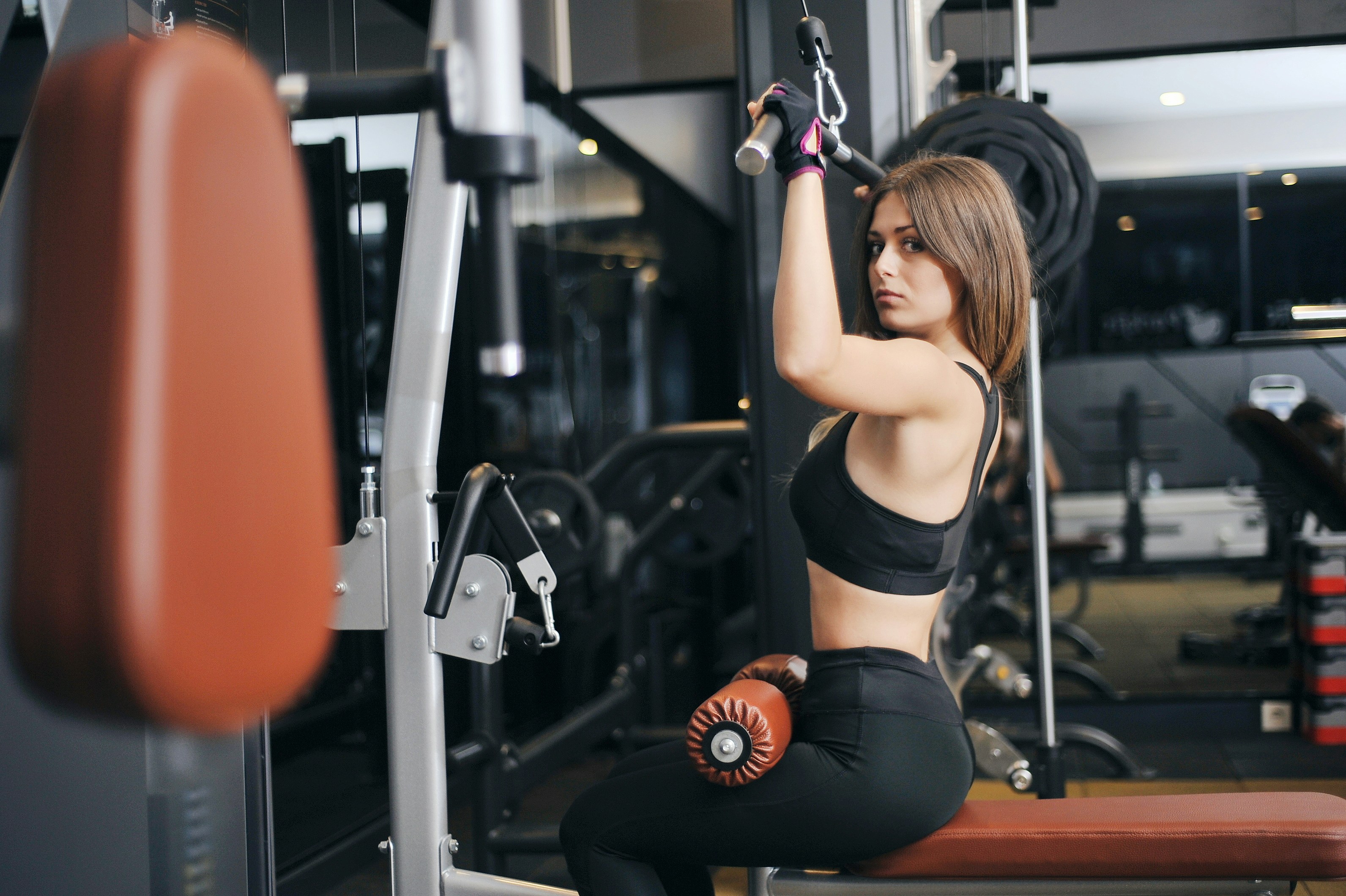
What is IASTM?
Instrument Assisted Soft Tissue Mobilization (IASTM) is a technique that uses specialized tools to manipulate soft tissue, such as muscles and tendons, to promote healing and recovery. These tools are designed to detect and treat areas of fibrosis, chronic inflammation, and degeneration.
Benefits of IASTM:
- Improved Mobility: IASTM helps break down fascial restrictions and scar tissue, improving range of motion and flexibility.
- Pain Relief: It can provide relief from chronic pain and discomfort by addressing underlying soft tissue issues.
- Enhanced Blood Flow: The technique promotes increased blood flow to the targeted area, aiding in the delivery of nutrients and removal of waste products.
- Accelerated Healing: By stimulating the body's natural healing response, IASTM can speed up recovery from injuries and overuse conditions.
How to Use IASTM:
IASTM is typically performed by a trained professional such as a physical therapist or chiropractor. The practitioner uses tools to apply pressure and glide over the skin, targeting specific areas of soft tissue. Sessions can vary in length but often last around 10-20 minutes, focusing on one or more areas of concern. It's important to follow the therapist’s advice on frequency and post-treatment care.
Integrating IASTM with Other Techniques
- Combine with Stretching: Use IASTM to prepare muscles and fascia before stretching to enhance flexibility and prevent injury.
- Pair with Cryotherapy: Follow up an IASTM session with cryotherapy to reduce any inflammation caused by the treatment and accelerate recovery.
- Include in a Comprehensive Plan: IASTM can be an effective part of a broader recovery strategy, alongside other methods like percussive therapy, infrared saunas, and compression therapy.
Percussive Therapy: The Power of Pulsation
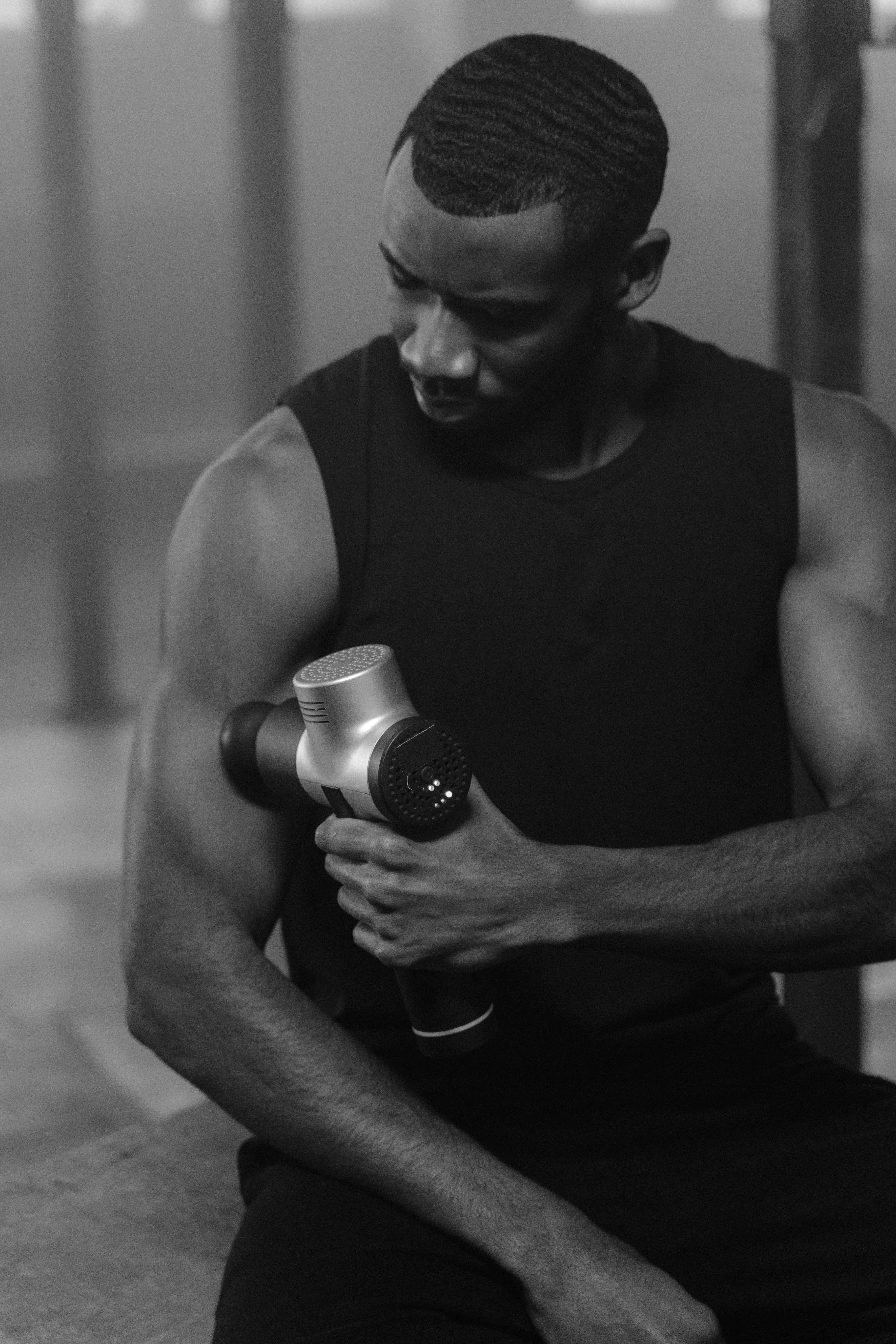
What is Percussive Therapy?
Percussive therapy, often administered through handheld devices like the Theragun, uses rapid, repetitive pulses to target deep muscle tissue.
Benefits of Percussive Therapy:
- Deep Muscle Relief: The rapid pulses penetrate deep into muscle tissue, breaking up knots and relieving tightness.
- Increased Blood Flow: Enhances circulation, delivering more oxygen and nutrients to muscles, aiding in recovery.
- Reduced Muscle Soreness: Helps alleviate delayed onset muscle soreness (DOMS) and speeds up recovery time.
- Improved Flexibility and Range of Motion: Regular use can improve muscle flexibility and joint range of motion.
How to Use Percussive Therapy:
Use a percussive therapy device on sore or tight muscles for about 30 seconds to 2 minutes per muscle group. Adjust the intensity and duration based on your comfort and the specific device instructions.
Float Therapy: The Buoyant Bliss

What is Float Therapy?
Float therapy, or sensory deprivation therapy, involves floating in a tank filled with water and Epsom salts. The high salt concentration allows you to float effortlessly, creating a zero-gravity-like experience.
Benefits of Float Therapy:
- Deep Relaxation: The sensory deprivation environment promotes profound mental and physical relaxation.
- Reduced Stress: Helps lower cortisol levels and reduces overall stress and anxiety.
- Muscle Recovery: The Epsom salts (magnesium sulfate) help soothe sore muscles and reduce inflammation.
- Improved Sleep: Regular float sessions can enhance sleep quality by promoting relaxation and reducing stress.
How to Use Float Therapy:
Float therapy sessions typically last 60-90 minutes. It's best to avoid caffeine beforehand and to schedule your float sessions regularly for optimal benefits.
Electrical Muscle Stimulation (EMS): The Electric Edge

What is Electrical Muscle Stimulation?
EMS uses electrical impulses to stimulate muscle contractions, mimicking the signals sent by the nervous system during exercise.
Benefits of EMS:
- Enhanced Muscle Recovery: Helps flush out metabolic waste and reduces muscle soreness.
- Improved Strength and Endurance: Can aid in muscle strengthening and endurance when used regularly.
- Increased Blood Flow: Enhances circulation, promoting faster recovery.
- Pain Relief: Provides targeted relief for muscle and joint pain.
How to Use EMS:
EMS devices come with electrodes that you attach to the skin over the target muscles. Follow the device instructions for intensity and duration, typically around 10-30 minutes per session.
Hydrotherapy: The Healing Power of Water

What is Hydrotherapy?
Hydrotherapy involves the use of water for pain relief and treatment, including hot and cold baths, contrast baths, and underwater exercises.
Benefits of Hydrotherapy:
- Reduced Inflammation: Alternating between hot and cold water can reduce inflammation and improve circulation.
- Muscle Relaxation: Warm water helps relax muscles and relieve tension.
- Enhanced Recovery: Promotes faster recovery by improving blood flow and reducing muscle soreness.
- Joint Relief: Water's buoyancy reduces joint stress, making it ideal for rehabilitation exercises.
How to Use Hydrotherapy:
Contrast baths involve alternating between hot (40-50°C) and cold (5-10°C) water for 1-3 minutes each, repeated for several cycles, and ending the session with warm water. Warm baths can be used for 15-20 minutes to relax muscles.
Acupuncture: The Ancient Art of Healing
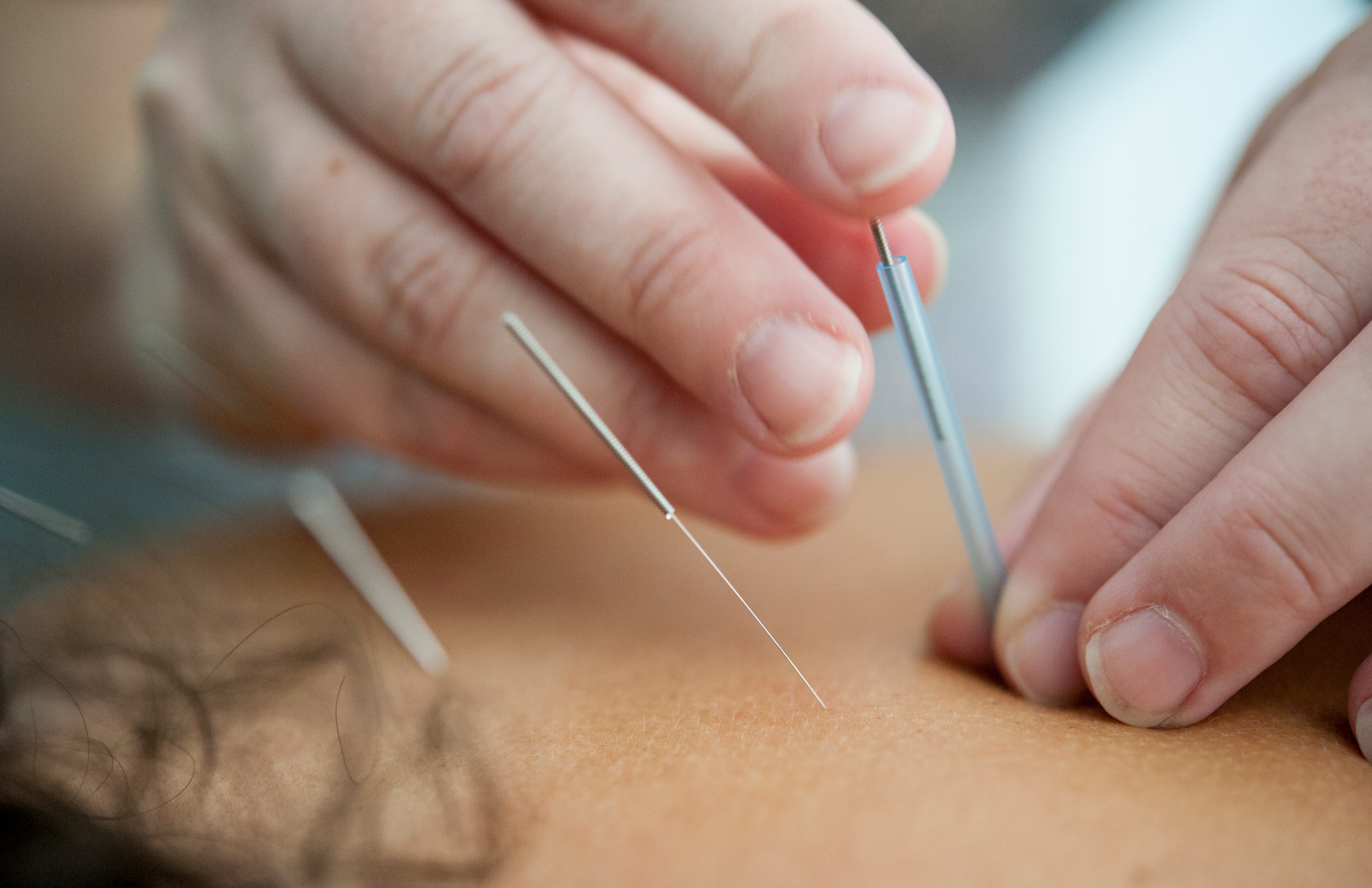
What is Acupuncture?
Acupuncture is a traditional Chinese medicine practice that involves inserting thin needles into specific points on the body to balance energy flow.
Benefits of Acupuncture:
- Pain Relief: Effective for reducing chronic pain and muscle soreness.
- Reduced Inflammation: Helps decrease inflammation and promote healing.
- Stress Reduction: Can lower stress levels and enhance relaxation.
- Improved Circulation: Enhances blood flow to targeted areas, aiding in recovery.
How to Use Acupuncture:
Seek out a licensed and experienced acupuncturist. Sessions typically last 30-60 minutes and can be scheduled weekly or as needed based on your recovery needs.
Conclusion
Incorporating advanced recovery techniques such as cryotherapy, infrared saunas, compression therapy, percussive therapy, float therapy, EMS, hydrotherapy, acupuncture, and IASTM can significantly enhance your recovery process, reduce muscle soreness, and improve overall performance. Each method offers unique benefits, and combining them can help you achieve a well-rounded and effective recovery routine.
I personally like IASTM, hydrotherapy, cryotherapy, percussive therapy, and infrared saunas because they consume the least amount of time and offer faster muscle recovery. Remember to listen to your body, personalize your recovery plan, and stay consistent for the best results. Until next time, recover well and keep pushing your limits!